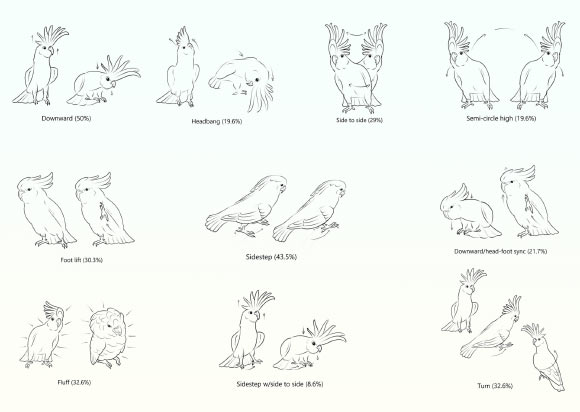Parrots in captivity have been reported to show dance behavior in response to music, which may involve complex cognitive processes including imitation, vocal learning and entrainment. Dance behavior in parrots may be indicative of a positive…
Category: 5. Biology
-
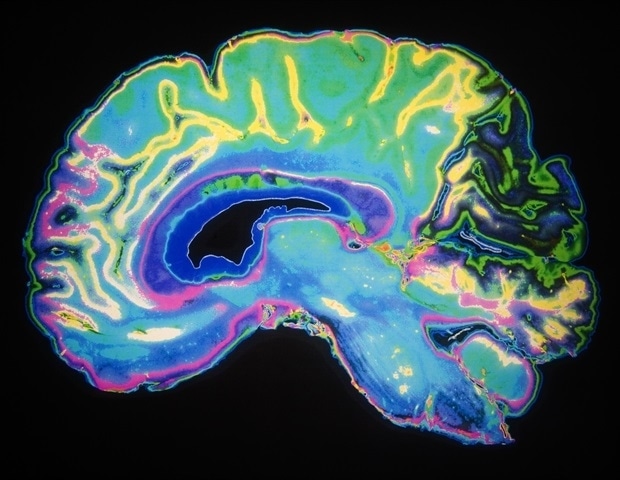
New microscope system reveals molecular activity deep in the brain tissue
Both for research and medical purposes, researchers have spent decades pushing the limits of microscopy to produce ever deeper and sharper images of brain activity, not only in the cortex but also in regions underneath such as the…
Continue Reading
-

New Study Links Sleep Habits to a Variety of Diseases
A new study published in the journal Health Data Science has shown that having poor sleep habits is linked to dozens of diseases, including heart disease, liver cirrhosis, dementia, and gangrene.
The study…
Continue Reading
-

Deep learning model predicts adverse drug reactions from chemical structure
Adverse drug reactions (ADRs) are a significant cause of hospital admissions and treatment discontinuation worldwide. Conventional approaches often fail to detect rare or delayed effects of medicinal products. In order to improve…
Continue Reading
-
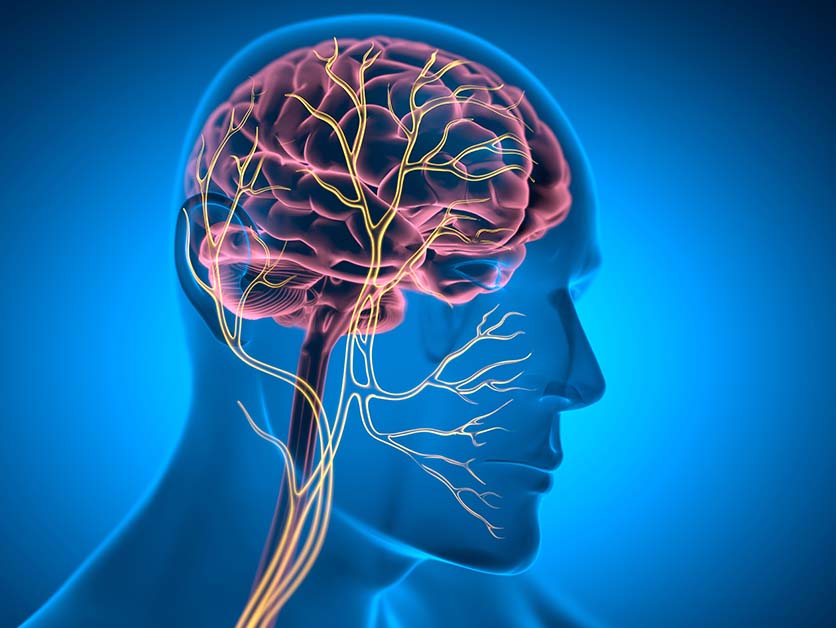
Blocking Brain-Liver Communication May Prevent Deadly Weight Loss in Cancer – Life Sciences | Weizmann Wonder Wander
Nearly a third of cancer-related deaths are caused by cachexia, a currently incurable metabolic syndrome that involves substantial weight loss, including depletion of muscle mass and body fat. Researchers from the Weizmann Institute of Science…
Continue Reading
-
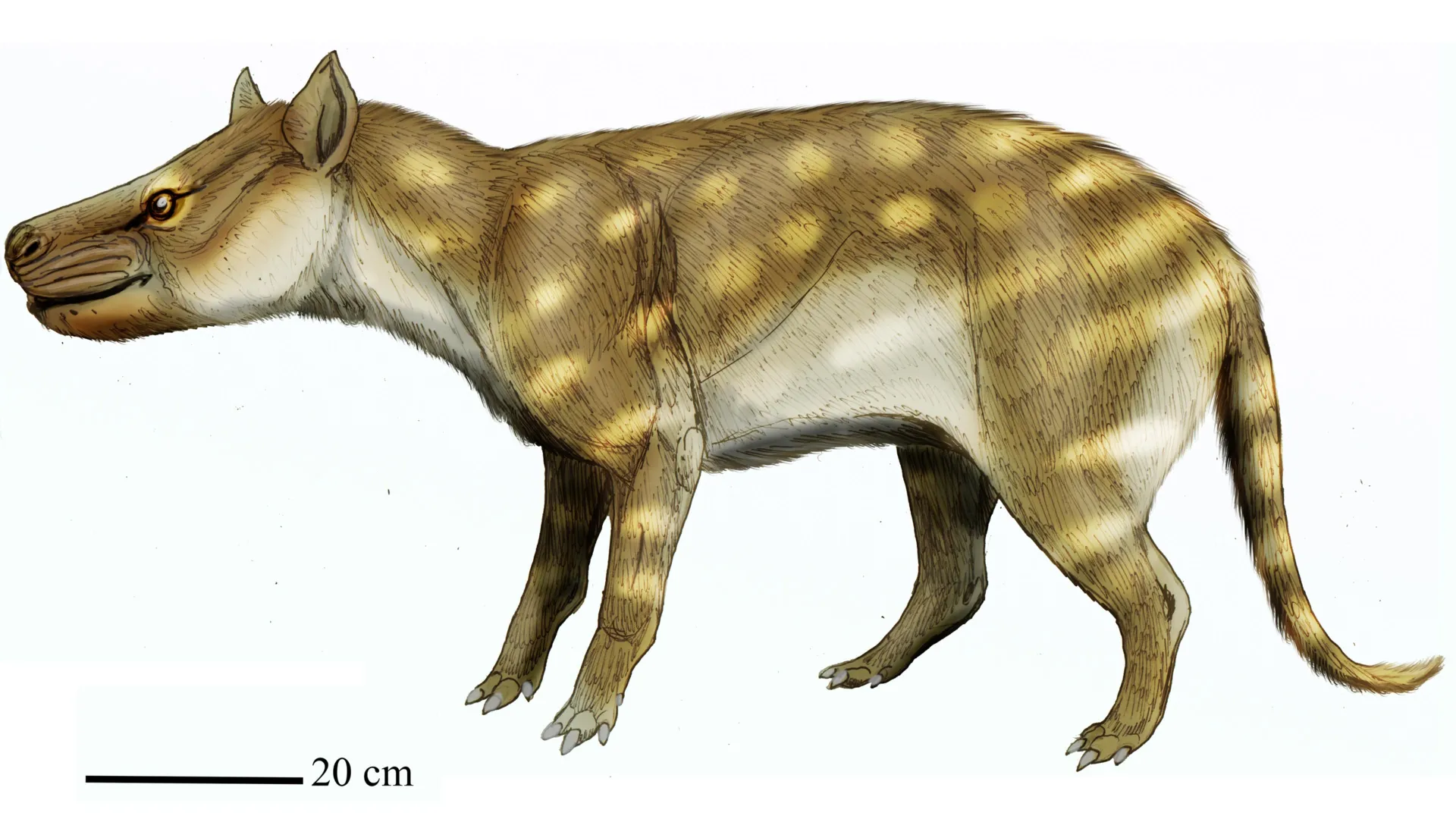
This prehistoric predator survived global warming by eating bones
About 56 million years ago, when Earth experienced a dramatic rise in global temperatures, one meat-eating mammal responded in a surprising way: It started eating more bones.
That’s the conclusion reached by a Rutgers-led team of researchers,…
Continue Reading
-
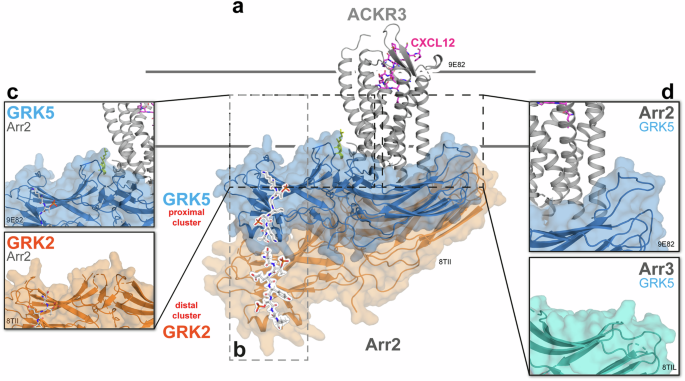
Novel atypical G protein-coupled receptor (GPCR)-arrestin complexes: a structural snapshot of the barcode hypothesis
In a recent study published in Nature by Chen et al., six novel cryo-EM structures of atypical chemokine receptor 3 (ACKR3) complexes with Arrestin2 (Arr2, also known as β-arrestin1) and Arrestin3…
Continue Reading
-

Same same but different | Nature Reviews Cancer
Chemotherapies such as cytarabine can cause neurotoxicity, whereas others such as gemcitabine are well tolerated, despite both being nucleoside analogues capable of crossing the blood–brain barrier. Both drugs are known to induce single-strand…
Continue Reading
-
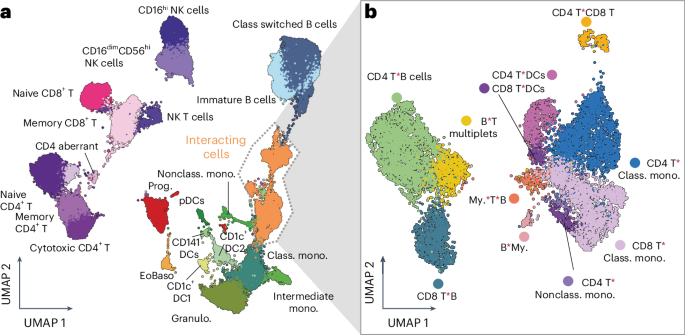
Unravelling cellular interactions using flow cytometry
Publisher’s note Springer Nature remains neutral with regard to jurisdictional claims in published maps and institutional affiliations.
This is a summary of: Vonficht, D. et al. Ultra-high-scale cytometry-based cellular interaction mapping. Nat….
Continue Reading
-

Spatiotemporal lipidomics in living tissue
Typical spatial biology experiments are destructive or are performed on non-living tissue. However, there is growing interest in being able to monitor biology in action. A team of researchers from King’s College London led by Ciro Chiappini has…
Continue Reading
